SUV Coupe: The Crossover We Didn't Ask For
Published On 26/7/2024, 5:53:37 am Author ZeeshanThe recent vehicle segment that was most practical for Indian roads was the compact SUV. It captured a substantial share from hatchbacks and almost decimated the sedan segment. Out of the 25 best-selling Indian cars in June 2024, 8 are compact SUVs, 4 are mid-sized FWD SUVs, and 4 are true SUVs that genuinely fit the SUV definition. Now we have a new crossover trend emerging- The SUV coupe.
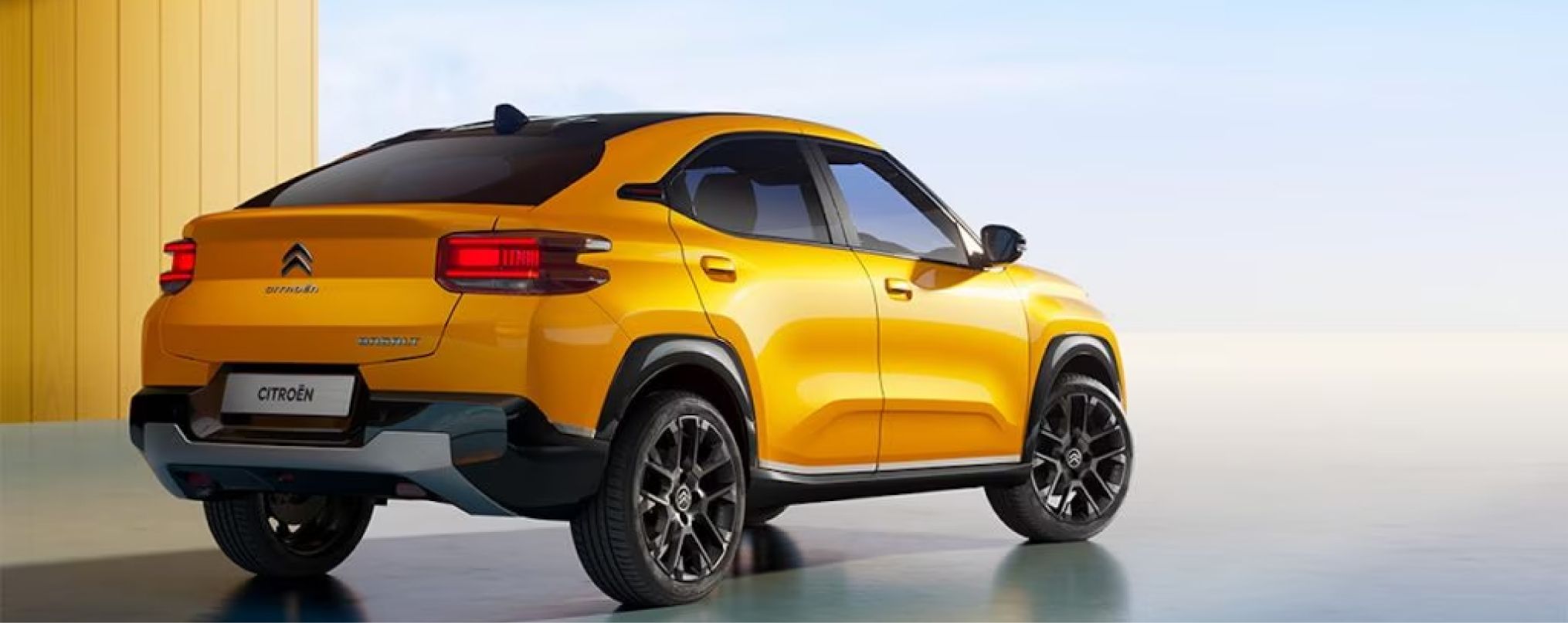
The recent vehicle segment that was most practical for Indian roads was the compact SUV. It captured a substantial share from hatchbacks and almost decimated the sedan segment. Out of the 25 best-selling Indian cars in June 2024, 8 are compact SUVs, 4 are mid-sized FWD SUVs, and 4 are true SUVs that genuinely fit the SUV definition.
Surprisingly, the pioneer of this trend was not the Ford EcoSport. Premier, the same company that made the kaali-peeli mumbai taxi (Padmini) actually made the first attempt with a compact SUV. However, the brand's reputation hindered the vehicle's success. Ford later capitalized on this opportunity with the EcoSport, launching a trend that would define the Indian automotive market.
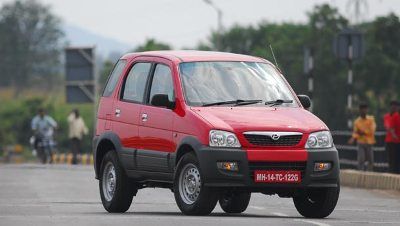
Mahindra, eager to join the competition, took a different approach. Instead of developing a dedicated platform, they chopped their Xylo to create the Quanto and subsequently the NuvoSport. Unfortunately, these models failed to resonate with consumers. While the TUV found some traction, it couldn't match the EcoSport’s dominance and craze.
The market quickly expanded to accommodate larger FWD SUVs as well. Models like the Creta, Compass, and Seltos entered the mid-size SUV category. So Compact and Mid-sized FWD SUV looking cars became a trend.
The term 'SUV' has become increasingly diluted. Every new car launch seems to feature the SUV badge, regardless of its actual capabilities. Cars like the Ignis and Spresso, traditionally classified as hatchbacks, are now brazenly labeled as SUVs. This trend has led to a situation where true SUVs like the Fortuner and Endeavour might be questioning their own identity.
While consumers are being fed a constant diet of SUV-labeled vehicles, manufacturers are reaping the rewards. The Tata Punch, essentially a pumped-up hatchback, is a prime example. It’s leading sales charts, but let's be honest, it's a hatchback on steriods. The bottom line is that sales are soaring, and who’s really complaining? Consumers love the SUV image, and manufacturers are happy to oblige. It's a win-win situation, even if the reality is far from the marketing hype.
Struggling Citroen's new experiment in India
Brands are experimenting with new body styles and concepts. Citroen's upcoming Basalt SUV coupe is a prime example of this experimentation. Tata's is coming up with Curvv. The SUV-sedan crossover isn't a completely new concept. Luxury brands like BMW pioneered this segment with models like the X6.
The brand is facing stiff competition from established players and needs a breakthrough product to gain traction. The Basalt SUV coupe represents a high-stakes gamble. Similar to Yamaha's experience of R15, a successful launch could catapult Citroen into the mainstream, while a failure could mean a packup from India. This is not for the first time the packup would be done. Stellantis, Citroen's parent company has tried entering into India earlier also with Peugoet cars. Unfortunately, they weren't recieved well. Yamaha managed to turn things around with the R15 and FZ, reestablishing its position in the market. Citroen will be hoping for a similar turnaround with the Basalt.
If everyone jumps into the trend, SUV Coupe might become a normalized segment
 The automotive industry is a playground for design experimentation. The Nissan Juke, with its unconventional bumper-mounted headlights, was a bold statement. While it was initially met with curiosity, it eventually failed to resonate with the broader market.
The automotive industry is a playground for design experimentation. The Nissan Juke, with its unconventional bumper-mounted headlights, was a bold statement. While it was initially met with curiosity, it eventually failed to resonate with the broader market.
Design trends often follow this trajectory: a daring concept is introduced, and if successful, it becomes the new norm. Sometimes it takes all the players, including the rivals to enforce a trend. This bumper mounted headlamps became a trend afterwards.
The Tata Harrier and Renault Kwid adopted the bumper-mounted headlight design, and this time, it struck a chord with consumers. The combination of DRLs at the top and headlights below became a ubiquitous feature almost every car is having right now. This trend highlights the balance between innovation and consumer acceptance. What might seem unconventional at first can eventually become the industry standard.
The same goes true for SUV coupe. it's unconventional but it might work if everyone works on it! And guess what everyone is working on it!
Mahindra has XUV.e9 in the line
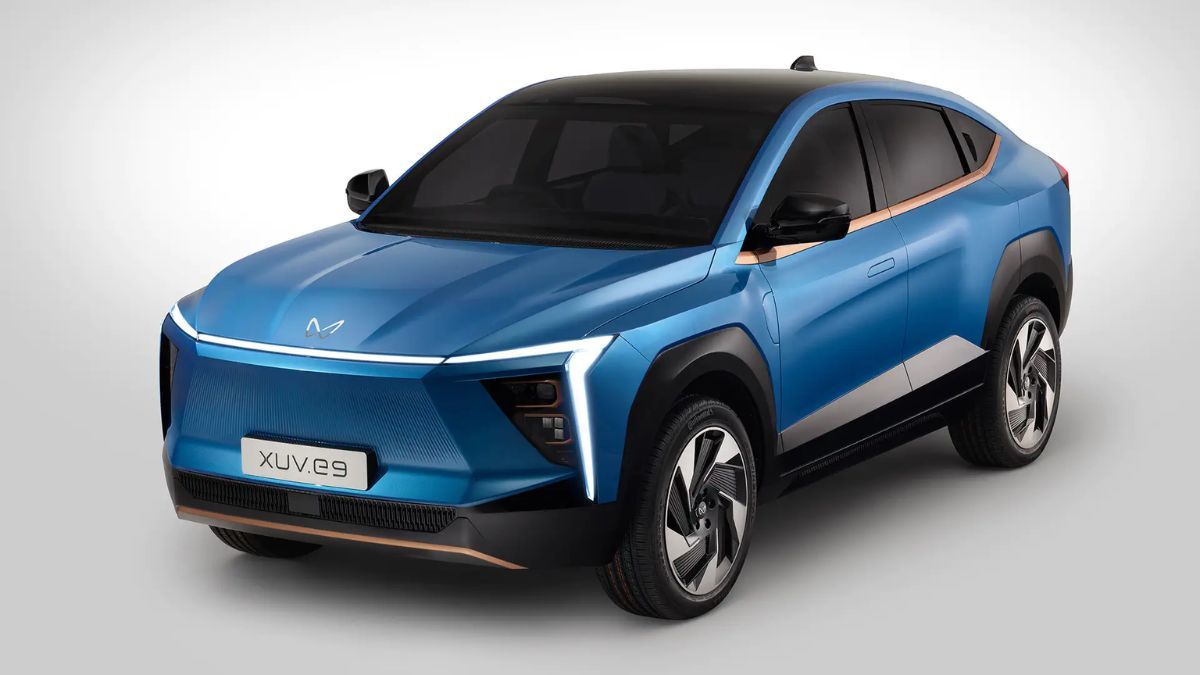
VW also showcased Tyron X in 2019 and might plan for India

Long story short, if all the auto manufacturers get into forging a new market for this Sedan-SUV crossover, things might work.
Don't forget the fate of mini station wagons in India.
Recall this sibling of Tata Indigo?
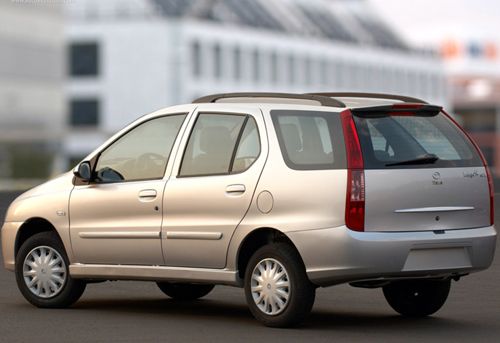
Or this version of the old Baleno?
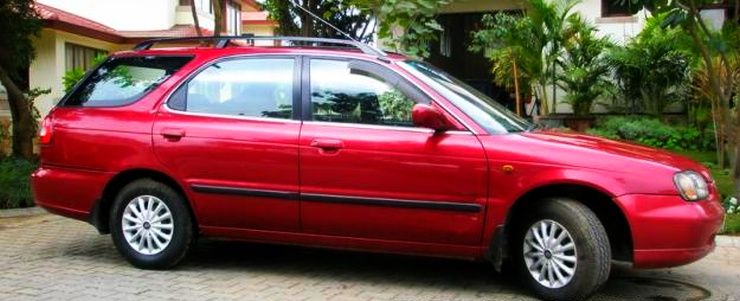
This segment didn't do well in India and we don't see this vehicle class on roads anymore. Sedan-based stationwagons got replaced by full size MPVs like Innova and Tavera. The practical appeal of extra space was overshadowed by design constraints and a lack of market acceptance. Not to forget that the introduction of sub-4 meter car regulations in 2006 marked a turning point. This policy, often attributed to lobbying by a major automaker, had a profound impact on vehicle design and consumer preferences.
Let's see how this SUV-Sedan crossover does in Indian Market!
















